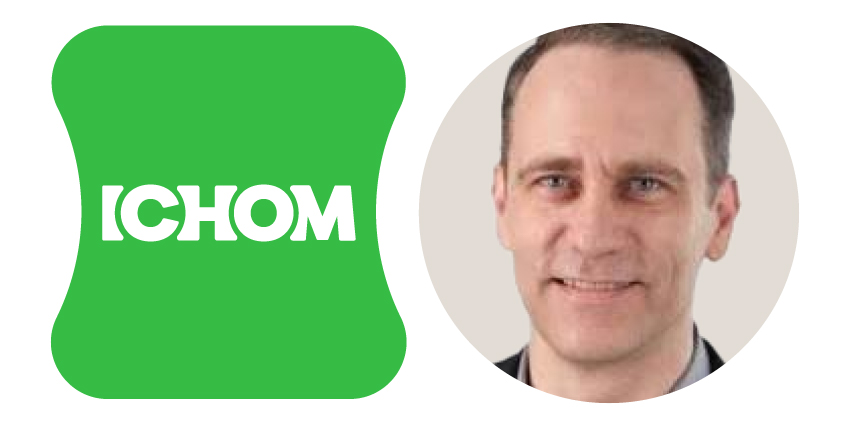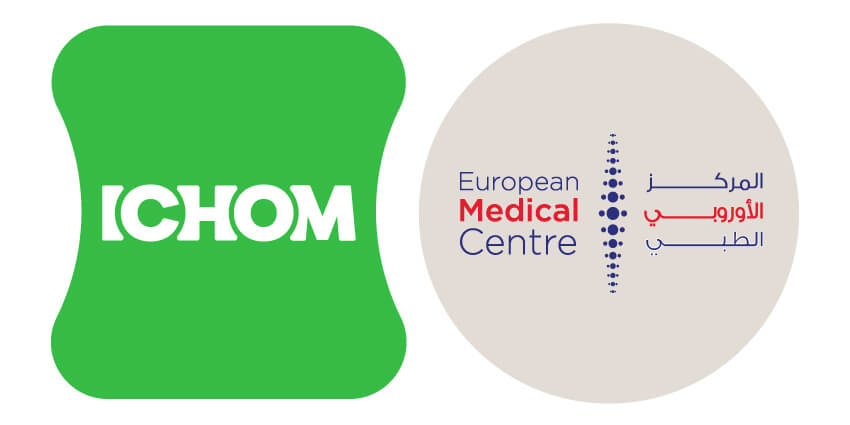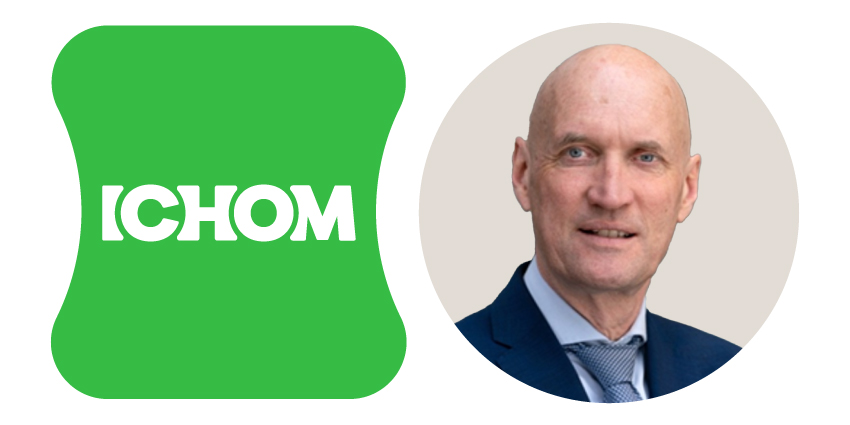Seven Years of VBHC in Brazil: Lessons & Future Perspectives
27 March 2025
09:00 EST | 14:00 GMT | 15:00 CET | 11.00 BRASILIA
Presented By: Hospital Moinhos de Vento
Join our Knowledge Partner Hospital Moinhos de Vento (HMV), the pioneer in using the ICHOM framework to elevate patient outcomes in Brazil. Over the past seven years, HMV has implemented PROMs across nine diverse health conditions—from stroke and heart failure to cancers, orthopedic surgeries, neonatal care, and even COVID-19. Experts will share key insights on how these efforts have improved care quality, redesigned care pathways, and addressed challenges along the way.
In this webinar, you will learn:
- How strategic clinical leadership and data-driven insights led to measurable improvements in care quality and patient experience.
- How a network of hospitals leveraged benchmarking and shared best practices to drive organisational development.
- Practical strategies for adopting VBHC even with limited technological resources.
- Understand the challenges faced—such as questionnaire burdens, the need for customized digital solutions, and integration of clinical data—and the innovative solutions HMV implemented
REGISTER NOW
Speakers

Mohammed Parrini,
Chief Executive Officer at Hospital Moinhos de Vento

Carisi Polanczyk,
Head of the Cardiology Service at Hospital Moinhos de Vento

Luiz Antonio Nasi
Chief Medical Officer at Hospital Moinhos de Vento

Arthur Pille
Attending Neurologist at Hospital Moinhos de Vento

Sheila Martins
Head of Neurology at Hospital Moinhos de Vento
REGISTER NOW

























